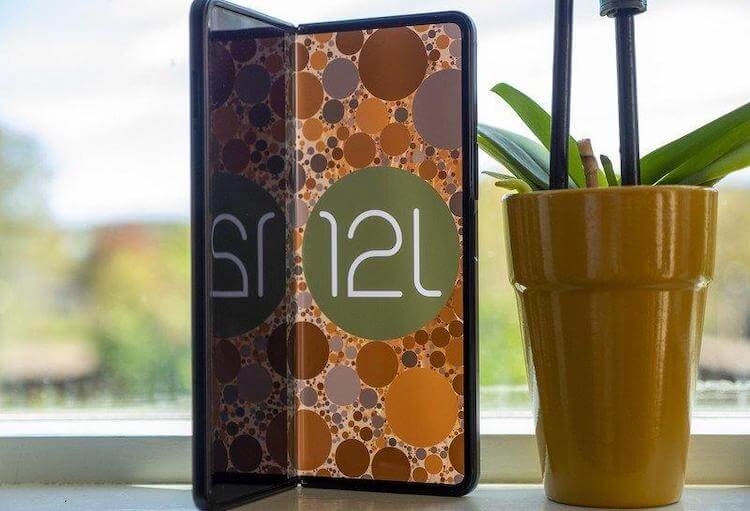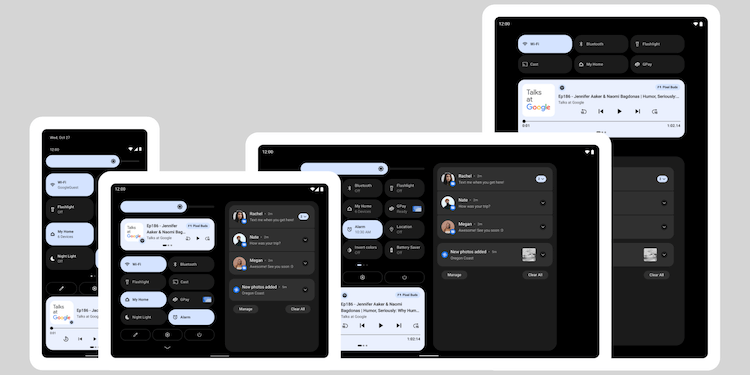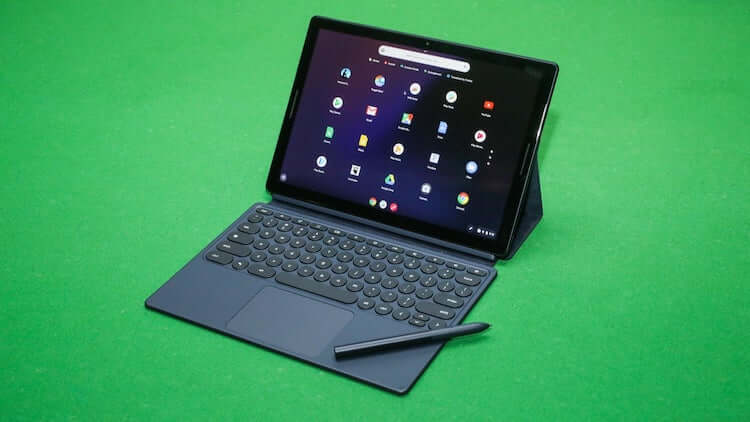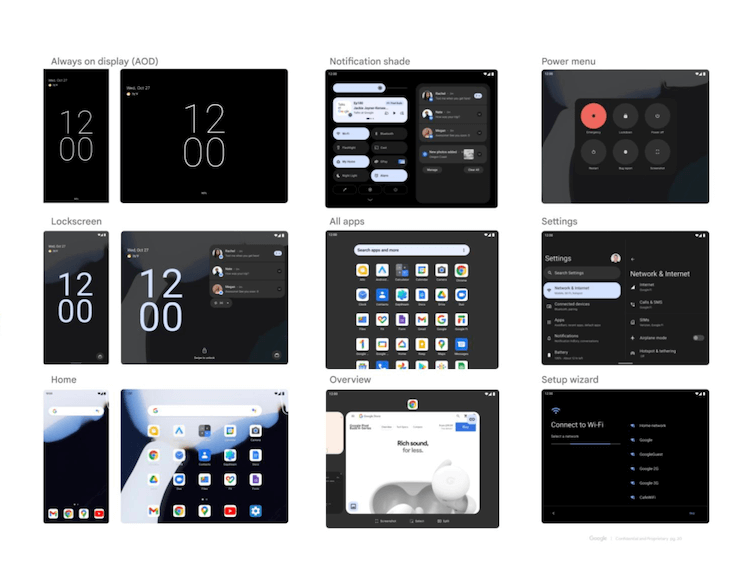The announcement of Android 12L came as a surprise to many of us. While we were preparing for a small update to the main Android 12 lineup , we didn’t expect a standalone version to arrive so quickly. The novelty demonstrates all of Google’s efforts to create a separate operating system for devices with large screens. In fact, this update really became so important that it deservedly received its own name and, apart from the regular version, will become the subject of a preliminary testing program for developers. In the meantime, let’s understand how really important this operating system is for the company and what it will give it in the future.

Foldable devices can get an even nicer operating system.
Contents
Android on tablet
Google already sells millions of Chromebooks a year, and while Android tablets aren’t the most popular, they still account for nearly half of the global market . This is not to mention the rise in the number of foldable devices and the general hype associated with the new form factor for the industry.
Google has already tried to create a special OS for a tablet once and achieved almost nothing. One of the reasons is the apparent lack of enthusiasm for the form factor of large devices. Simply put, all this work would not have been required. Tellingly, even many of Google’s own apps have never been updated to take advantage of the larger screen real estate, so why should third-party developers care about them? If Google wants to make Android 12L a success, it needs to learn from history and past mistakes.

Android 12L looks promising.
Honeycomb, also known as Android 3.0, was released almost ten years ago. It reflected Google’s ambition for a tablet form factor in 2012. This operating system was supposed to usher in a new era of applications and software with a focus on large screens. Instead, only a few of Google’s own apps have been optimized to do this – Gmail, Contacts, and Calendar. The rest were just enlarged versions of their mobile counterpart.
Third Party Android Apps for Tablet
Some third-party developers have stepped into the process by adapting their applications to the large screen with the ability to run them in separate windows. But the matter did not go further. The company reverted to phones with Android 4.0 and left many of its apps – Maps, Android Market, web browser, and more – in limbo for tablets.

After years of experimenting and finding a way, are we looking forward to the foldable Pixel?
It seemed that Google had a plan, and the fact that the applications were just dynamically stretched looked like a temporary half-measure, which was a good compromise and generally suited everyone. But later it turned out that this was not a stage of the path, but its end. Google just didn’t have a vision of what to do next.
On the other hand, Apple promoted and developed iOS for the iPad so much that it eventually split it into two operating systems, and is now shipping iOS and iPad. And even if in the settings of the iPad itself it is simply called iOS, but these are two truly self-sufficient operating systems, in which a different approach and different philosophy are clearly expressed.
Google’s second attempt at making software for tablets
Google’s second attempt at tablets was made a couple of years ago when we were shown the Pixel Slate. With Chrome OS supporting Android apps, it seemed like it would be offered a semblance of a tablet while still providing full customization for those who need a keyboard and trackpad.

The Pixel Slate is a bit of an unusual device.
Unfortunately, Slate did not generate much enthusiasm, mainly because Google again failed to properly adapt the interface – the work was far from perfect. It’s fair to say that the developers have been in no rush to adapt their applications to this new chimera.
Android 12L marks Google’s third attempt at taking the right steps in the tablet ecosystem, although this time the software isn’t limited to a specific type of device. It must bridge the gap between phones, foldable, tablets, and computers. The challenge is to create consistent software regardless of screen size. Both the system and the apps will adapt to the screen given to them, stretching to fill the larger diagonal when connected to the Chromebox, and then shrinking to fit on the small phone.
Android 12L for tablets
What we are seeing at the moment is encouraging. There is proper support for multi-window and multitasking, as well as a complete overhaul of notifications and settings, allowing you to use two panels. Displaying more content in a smarter way is the main focus of Android 12L.
However, this is not enough . The system is good, but it is only part of what makes your work more comfortable. It is much more important that application developers do everything necessary for full compatibility of all functions.

The operating system must follow or create trends.
But it was not in vain that I spoke at the beginning of two unsuccessful attempts to make an operating system for tablets. Now even the most loyal developers can perceive the proposal once again to adapt the software in a negative way. Google will have to go to great lengths to convince them to try again.
By the time Android 12L is officially released next year , all of Google’s built-in apps should be responsive to larger screens. This time the company has no room for maneuver, and the third mistake simply cannot be. Developers need to see that the company takes this endeavor seriously.
Will Android 12L be updated
At the same time, it is impossible to release Android 12L and calm down without updating it in the next versions . This work must be carried out thoroughly and consistently. It can be said with great confidence that Google, having decided to take this step, understands the need to keep going this way. This is the only way to attract more and more new developers, even if at first it will be unprofitable. This is the only way to improve the direction of Android tablets and finally recapture Apple’s share of the market.
Already, we are seeing Google’s Material You initiative spread rapidly . Not only built-in applications, but many third-party applications have received support for it, and their number is only growing. Let’s see what happens with Android 12L, but there is a feeling that this time Google will succeed.